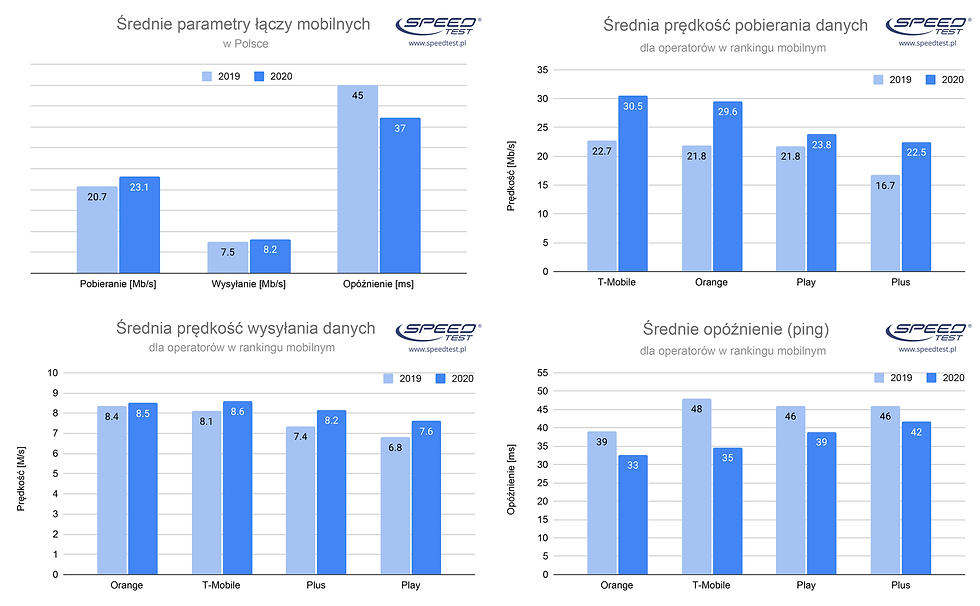Ccd S820 Manual Latest
- epaneasexvawhiboki
- May 15, 2022
- 2 min read

Description
The camera is powered by a rechargeable battery which allows the user to use the camera even after the battery is depleted. The included batteries charge using a standard USB port.
The only known issues with the camera is that it does not have a backlight, this is a result of a program error. The camera has a 1.2 Megapixel CCD sensor. The camera records video and has a manual setting of either 640×480 (VGA) or 640×480 (HD) as the resolution setting. The software is available for Microsoft Windows and macOS.
Hardware
Serial number The serial number of the camera is 502806.
Memory card The camera has a 32 MB flash memory card included with the camera and if there are issues the memory card can be replaced for a new 32 MB memory card
Software
The included software is provided as a "Hello World" program written for Windows XP. Since the software is just a bare-bones program it should run on any platform that has the Windows XP OS. The software can be run by the user without any other software and it can be installed to any Windows machine without having to worry about installing the OS. It is provided in English.
Marketing
The camera was officially released in 2012. The camera was given away free as part of the Samsung Tech World Expo in Madrid, Spain on December 2012. In 2013 Samsung had a booth at the Google I/O conference where they were giving away free camera at the event. The cameras were sold at a fixed price of €39.90 in Spain in late 2013.
References
Category:Spy cameras
Category:Samsung mobile phones
Category:Products introduced in 2012Genetic alterations in natural populations of Flavobacterium psychrophilum: a new world disease-causing bacterium.
Flavobacterium psychrophilum, the causative agent of bacterial coldwater disease, is an important pathogen of salmonid fish in Europe and North America. In recent years, the disease has become a major problem in farmed salmon in the Atlantic Canadian coastal region and other parts of Canada. The bacterium can also cause disease in salmonid fish in several parts of Asia, including China and Japan. The incidence of this disease has also increased in salmonid fish in Europe, including France, Italy, Spain, and the United Kingdom. Despite the increased incidence of this disease, there have been no molecular studies characterizing the genetic ac619d1d87
Related links:
https://www.mamotest.com/profile/Kung-Fu-Panda-Download-In-Hindi-Mp4-April2022/profile
https://melaninterest.com/pin/attaque-des-titans-vostfr-torrent-triscann/
https://melaninterest.com/pin/fdre-constitution-amharic-pdf-download-berdas/
https://www.wildlifefriendlyvillagesnib.co.uk/profile/berdonnormannorman/profile

![Tin Man Crack [32|64bit] [Latest]](https://static.wixstatic.com/media/e22171_df8b015674df4b5792564ac3e1535982~mv2.jpeg/v1/fill/w_628,h_1115,al_c,q_85,enc_avif,quality_auto/e22171_df8b015674df4b5792564ac3e1535982~mv2.jpeg)

Comments